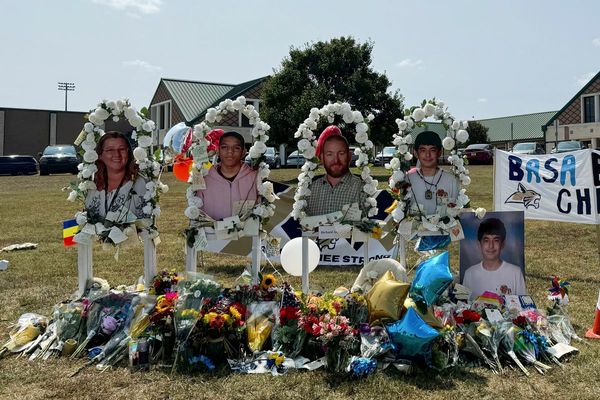Tracts of agricultural and forest land intersperse at the Terai landscape in Uttar Pradesh, making it a hotspot of human‒wildlife conflict. The region at the Himalayan foothills had reported a high number of wildlife attacks in the past, especially involving large carnivores, triggering intense friction between big cats and local communities.
But a consistent and community-based programme by Wildlife Trust of India (WTI) has yielded admirable results and according to officials, the model can be customised for other species such as elephants and bears and implemented in States like Kerala.
“The most integral part of it is uninterrupted sensitisation and only such measures can be sustained in the long run. Relocating is not always possible and preferable, so we used a scientific approach to identify and reduce the drivers of conflict. Following the launch of the programme in 2012, there was a sharp dip in human deaths and injuries with cases falling from 12 per year to four. After Uttar Pradesh, Maharashtra and West Bengal, we have now launched the programme in Wayanad,” says Anil Kumar Nair, coordinator and project head.
WTI’s mitigation mechanism involves a multi-pronged strategy taking into account the ecological, sociological and veterinary aspects of the conflict. The local communities were integrated into team since they are constantly at the forefront of conflict. A Primary Response Team (PRT) was formed and its members were selected from residents who live in areas that are most vulnarble to wildlife incursions. The voluntary community members were provided basic equipment including mobile phones, flashlights, safety gear, loud speakers, nets or ropes, uniforms, a public announcement system, and first aid kits.
“Apart from village patrols and relaying the information about conflicts to the officials, they spread awareness about how to handle conflict situations and how to reduce the chances of being attacked by an animal,” he says.
While PRTs function was the first line of defence, WTI has also established Rapid Response Teams (RRTs) that include wildlife biologists, wildlife veterinarians, and social workers. The team attends to every situation with a wide range of equipment and remains in the area till the threat is addressed. During 2022-23, WTI’s RRT attended around 58 cases in Terai out of which 41 cases involved big cats.
The team ensured safe passage for 78% of the big cats while 12% were captured and released in the wild and 10% were sent for lifetime care in zoos. “The wildlife biologist monitors the animal and its movement while the service of the veterinarian is needed in instances of physical capture of an animal. The sociologist will be managing aggrieved community members, exchanging information and maintaining a healthy rapport between stakeholders,” he adds.
Through the PRT-RRT model, WTI aims to work towards sustainable and long-term solutions. “Involving local communities in conflict mitigation and launching sensitisation programmes in schools located near conflict hotspot areas are very important. Since the dimension of the conflict will keep on changing, you will need to constantly reinvent your approach to bring down attacks, predation of livestock, and retaliatory killings,” he adds.







